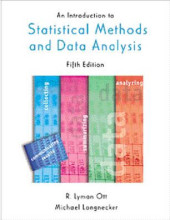Genomes and genomics - Obtaining the sequence of a genome - Turning sequence reads into an assembled sequence
5 important questions on Genomes and genomics - Obtaining the sequence of a genome - Turning sequence reads into an assembled sequence
How are genomic sequences obtained? (4 steps)
- Break DNA up into thousands or millions of overlapping small segments
- Read the sequence of each small segment
- Computationally find the overlap among the small segments where their sequences are identical
- Continue overlapping ever larger pieces until all the small segments are linked
Building up all of the individual reads into a consensus sequence, a sequence for which there is consensus (or agreement) that it is an authentic representation of the sequence for each of the DNA molecules in that genome.
What are the goals of sequencing a genome? First, we strive to produce a consensus sequence that is a true and accurate representation of the genome
- We strive to produce a consensus sequence that is a true and accurate representation of the genome
- Higher grades + faster learning
- Never study anything twice
- 100% sure, 100% understanding
Can one genome sequence truly represent the genome of the entire species?
Can genome sequences range in quality?
The question on the page originate from the summary of the following study material:
- A unique study and practice tool
- Never study anything twice again
- Get the grades you hope for
- 100% sure, 100% understanding
































